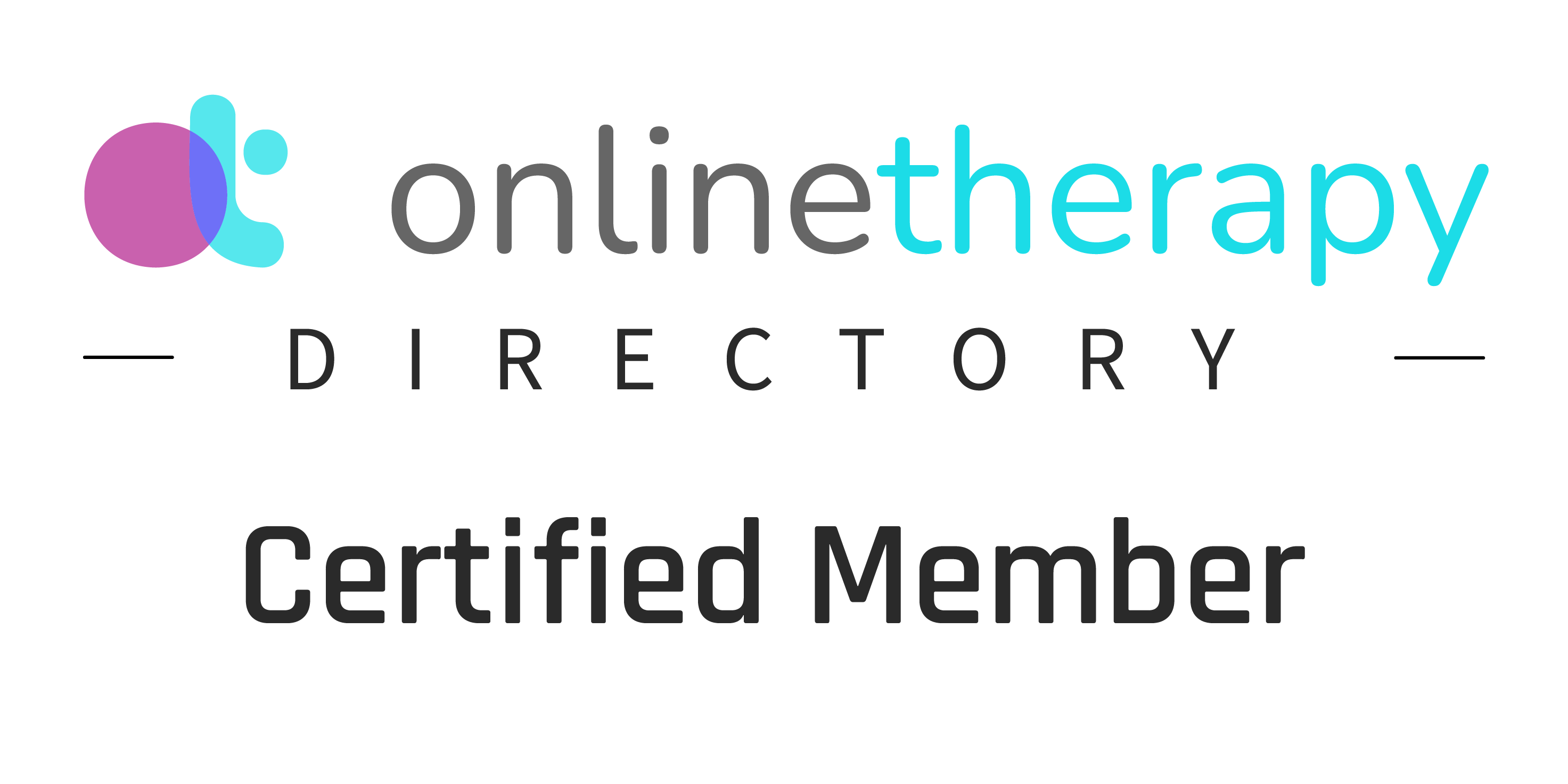From Survival to Healing: Navigating Post-Traumatic Stress and Finding Resolution
Trauma imprints itself deeply within the human psyche and physiology, forging a state of continuous alertness to past dangers as if they were immediate threats. This biological legacy of heightened sensory awareness and emotional reactivity is a double-edged sword. It is a testament to human resilience and survival instinct, yet it also chains individuals to their traumatic experiences, preventing them from fully engaging with the present and appreciating the safety and opportunities it might offer.
The Complexity of Traumatic Memories
Traumatic events disrupt the narrative continuity of our lives. They leave survivors without a clear sense of an episode's conclusion, trapping them in a perpetual replay of fear, pain, and disorientation. This lack of narrative closure makes it challenging to assimilate traumatic experiences into a coherent life story. Survivors might intellectually recognize that a traumatic event has passed, yet they struggle to internalize this reality on an emotional and physiological level.
Acknowledgment Over Re-experiencing
For many years, the prevailing wisdom in trauma therapy emphasized the need to relive traumatic memories to achieve resolution. This approach, however, often exacerbated survivors' pain and distress, leading to increased feelings of shame, self-loathing, and isolation. The evolution of trauma treatment has shifted towards a model that prioritizes acknowledgment of the trauma and its impact without necessitating re-experiencing the traumatic events. This paradigm shift emphasizes staying anchored in the present moment while gently processing the trauma's legacy.
The Four Steps to Freedom: A Guided Path to Healing
The journey toward liberation from the shadows of trauma can be navigated through a structured approach known as the Four Steps to Freedom. This method provides a roadmap for recontextualizing traumatic experiences and their lingering effects on the survivor's psyche:
Recognizing Triggered Responses: The first step involves understanding that present distress often stems from past trauma. By acknowledging this connection, survivors can begin to differentiate between past and present, reducing the immediacy of the traumatic response.
Linking Present Distress to Past Trauma: This step encourages a brief, cautious revisitation of one's life history to identify the origins of current emotional and physical sensations. This process is not about dredging up detailed memories but rather about recognizing patterns and contexts that connect current feelings to past experiences.
Unearthing Internalized Beliefs: Traumatic experiences often lead to the formation of deep-seated beliefs about oneself and the world. Identifying these beliefs is crucial for understanding how they have shaped one's self-perception and interactions with others.
Challenging and Transforming Old Beliefs: The final step is to critically examine and challenge these internalized beliefs, opening the door to new, more constructive and empowering perspectives. This reevaluation allows survivors to reshape their understanding of themselves and their past experiences, fostering a sense of agency and hope.
Stages of Trauma Recovery
Trauma recovery is a phased process, each stage building upon the last to facilitate healing and growth:
Stage 1: Safety and Stabilization focuses on creating a secure environment, both physically and emotionally. This foundation is essential for survivors to begin processing their trauma without the risk of retraumatization.
Stage 2: Processing Traumatic Memories involves gently confronting and integrating traumatic memories. This stage is marked by therapeutic interventions designed to help survivors make sense of their past without becoming overwhelmed by it.
Stage 3: Integration and Renewal centers on rebuilding a sense of identity and purpose beyond the trauma. Survivors work on forging meaningful connections, pursuing goals, and cultivating a life that reflects their values and aspirations.
Embracing Your Inner Child: The Role of Self-Compassion
A pivotal aspect of healing is learning to embrace and accept the younger self who endured the trauma. This involves recognizing the resourcefulness and resilience of one's younger self and offering the compassion and understanding that may have been lacking at the time. Through this compassionate self-engagement, survivors can begin to heal the internal schisms caused by trauma, integrating their past experiences into a narrative of survival and strength.
Embracing the Journey to Healing: Integrating EMDR into Trauma Recovery
In the realm of trauma recovery, the journey toward healing is intricate and deeply personal, necessitating a compassionate approach that respects the unique experiences of each individual. Among the myriad therapeutic modalities available, Eye Movement Desensitization and Reprocessing (EMDR) stands out as a particularly effective method for aiding survivors in their quest for peace and wholeness. This innovative approach offers a beacon of hope, illuminating the path to recovery with its unique blend of structured protocols and the transformative power of bilateral stimulation.
The Role of EMDR in Trauma Recovery
EMDR therapy is predicated on the understanding that traumatic memories are often inadequately processed, leaving them to fester in the psyche and evoke distressing symptoms long after the events have passed. EMDR facilitates the reprocessing of these stuck memories, enabling individuals to metabolize and integrate their traumatic experiences in a way that diminishes their emotional charge and intrusive nature.
Benefits of EMDR in Healing Trauma:
Rapid Relief from Traumatic Symptoms: EMDR is renowned for its efficiency, often bringing about significant relief from the symptoms of Post-Traumatic Stress Disorder (PTSD) and other trauma-related conditions in a relatively short time frame. This rapid efficacy is particularly beneficial for individuals seeking swift alleviation from the pervasive and often debilitating symptoms of trauma.
Reduction in Emotional Distress: Through its structured approach, EMDR helps to diminish the intense emotional responses associated with traumatic memories. As the therapy progresses, individuals often report a marked decrease in feelings of fear, anger, shame, and sadness when recalling past traumas, fostering a sense of emotional equilibrium and resilience.
Enhanced Sense of Safety and Present-Moment Awareness: EMDR therapy encourages a reorientation towards the present moment, helping individuals to distinguish between past dangers and current realities. This enhanced sense of safety is pivotal in trauma recovery, as it allows survivors to engage more fully with their lives, unencumbered by the shadows of their past.
Strengthening of Adaptive Beliefs: An integral component of EMDR therapy involves the identification and reinforcement of positive, adaptive beliefs about oneself and the world. This process empowers individuals to challenge and transform the negative self-perceptions and worldviews that often arise from traumatic experiences, paving the way for a renewed sense of self-worth and agency.
Integration of Traumatic Memories: EMDR facilitates the integration of traumatic memories into the larger tapestry of an individual's life story. This integrative process helps to restore continuity to the narrative of the self, enabling survivors to make meaning of their experiences and perceive their journey through the lens of survival and growth.
Navigating the Path to Healing with EMDR
Incorporating EMDR into the trauma recovery process offers a holistic approach that addresses the multifaceted nature of trauma. It transcends mere symptom management, fostering deep psychological and emotional healing that can liberate individuals from the grasp of their traumatic pasts. As survivors embark on this transformative journey, they are guided towards a future where trauma no longer dictates their existence, but rather informs their capacity for resilience, compassion, and renewal.
The journey to healing from trauma is a testament to the human spirit's capacity for resilience and transformation. With EMDR as a guiding light, individuals are empowered to traverse the challenging terrain of recovery, emerging with a renewed sense of purpose, peace, and wholeness. In embracing this journey, survivors not only reclaim their narratives but also illuminate the path for others navigating the aftermath of trauma, offering hope and solidarity in the collective quest for healing.
Healing from trauma is an intricate and deeply personal journey. It requires patience, self-compassion, and a willingness to engage with one's past from a place of safety and stability. By acknowledging the past while firmly rooted in the present, survivors can find a path toward resolution, transforming their relationship with their trauma and reclaiming their narrative agency.
Reflection Questions for Trauma Recovery
The Four Steps to Freedom Reflection
Identifying Triggered Distress: Reflect on a recent moment of distress (tears, hurt, anger, shame, hopelessness). How does recognizing this distress as a triggered response related to your past change your perception of it?
Connecting Distress to Traumatic Roots: Think about your childhood history briefly. Can you connect your current distress to a specific period or event in your past? Note any sensations, emotions, or memories that arise.
Challenging Old Beliefs: Identify one belief about yourself that originated from your traumatic experiences. How does acknowledging this belief as an outdated survival strategy affect your current self-view?
Creating New Beliefs: Envision a new, empowering belief that contradicts the old one. How does adopting this new belief alter your feelings toward yourself and your past experiences?
Phase of Recovery Reflection
Stage 1: Safety and Stabilization
Reflect on your current state of bodily safety. Are there areas where you feel vulnerable or unsafe, and what steps can you take to address them?
Assess your environment. Is it supportive and secure, or are there aspects that need change for a safer space?
Consider your emotional stability. What strategies do you have in place for managing distress, and how effective are they in helping you maintain emotional balance?
Stage 2: Coming to Terms with Traumatic Memories
How comfortable are you with acknowledging your trauma? Are there memories you avoid or feel compelled to revisit frequently?
Reflect on your triggers. Are you able to recognize when you're being triggered, and how do you typically respond?
Stage 3: Integration and Moving On
Do you feel your traumatic experiences are becoming a part of your past, or do they still feel immediate and consuming?
Examine the changes in your relationships and self-perception. How has your journey through trauma recovery influenced these areas?
Identify any positive traits or skills you've developed as a result of your experiences. How do they shape your current goals and aspirations?
Welcoming Your Younger Selves Reflection
Envision yourself at a young age. What emotions or thoughts do you see reflected in this younger self's expression and posture?
If you feel any negative reactions towards your younger self, explore where these feelings might be coming from. Is there another part of you that's holding onto these judgments?
Imagine offering support and acceptance to this younger version of yourself. How does this act of kindness impact your feelings toward your past and your healing process?
Consider the youngest version of yourself you can remember. What needs and feelings does this child have, and how can you meet them today?
These reflection questions are designed to foster a deeper understanding of your trauma recovery journey, encouraging compassion and self-awareness as you navigate the path to healing.













